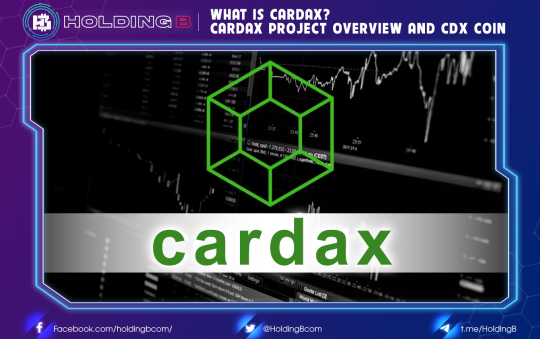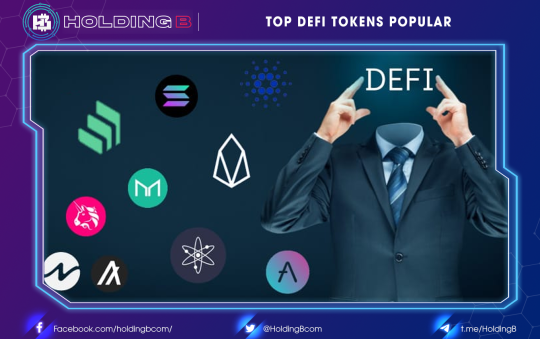The incredible popularity of the cryptocurrency industry over the past two years has attracted a lot of people—investors as well as bystanders. While some see a lucrative opportunity to make money relatively quickly, others take a more patient approach by reading and understanding the business. As a new industry, it involves a lot of new terms for digital assets, and people often use them interchangeably.
For example, many people believe that cryptocurrencies and tokens are the same thing. However, they are not. On a basic level, all coins are considered tokens, but not all tokens are considered cryptocurrencies.
Why so? What are the deciding factors? For starters, the utility of cryptocurrencies can help differentiate between coins and tokens. Here are the key differences
What is a coin?
A coin is simply understood as a digital currency, existing on its own blockchain. For example, Ether, Bitcoin, Litecoin, all exist based on their own blockchain.
More specifically, Bitcoin operates and operates on the Bitcoin Blockchain. Litecoin operates and operates on the Litecoin Blockchain. Ether operates and operates on the Ethereum Blockchain.
In fact, when making a transaction of the aforementioned coin, no physical currency is moved when you send and receive. All cryptocurrencies in particular exist as data based on a global database through the coin’s own network
What are tokens?
Tokens can also be referred to as digital currencies, but that is not entirely correct as there is a difference you should be aware of. In essence, the token created on the blockchain is already available thanks to the creation of smart contracts, the most popular of which is Ethereum. The token of the token built on the Ethereum platform would normally be ERC-20.
In addition, other blockchains such as NEO, Tron, et al. can create similar tokens on Ethereum’s blockchain. The token generated on the Ethereum platform is called the ERC20 Token, while NEO uses the NEP-5 Token. So anyone can create tokens on these blockchains.
The tokens are mostly existing and used on Dapps, or decentralized applications. After the token is generated, the user will use it to activate the features of the pre-designed application.
Differences between tokens and coins
A coin is typically derived from a blockchain and is used for currency transactions and storing value. A token that uses another coin’s blockchain For example, consider Ethereum, a blockchain. Its base currency is ether. However, some other tokens like BAT and Loopring work on this blockchain.
Coin represents a proposed medium of exchange. Tokens, on the other hand, represent an asset. Tokens can be held for value or traded and staked to earn interest. Some examples of tokens are Uniswap, Chainlink, and Polygon.
Cryptocurrency transactions are processed by blockchain, and tokens are based on smart contracts for transactions.
When a token is used, it moves from place to place. For example, NFTs (no replaceable tokens) are one of a kind, so changing ownership must be handled manually. A coin does not have to be moved from one place to another. All transactions are recorded on the blockchain.
Don’t forget to follow useful articles about Crypto Market from team Holding B !!!
- Telegram Channel: https://t.me/HoldingBcom
- Telegram Group: https://t.me/HoldingB
- Website: https://holdingb.com/
- Twitter: https://twitter.com/HoldingBcom
- Facebook: https://www.facebook.com/holdingbco





